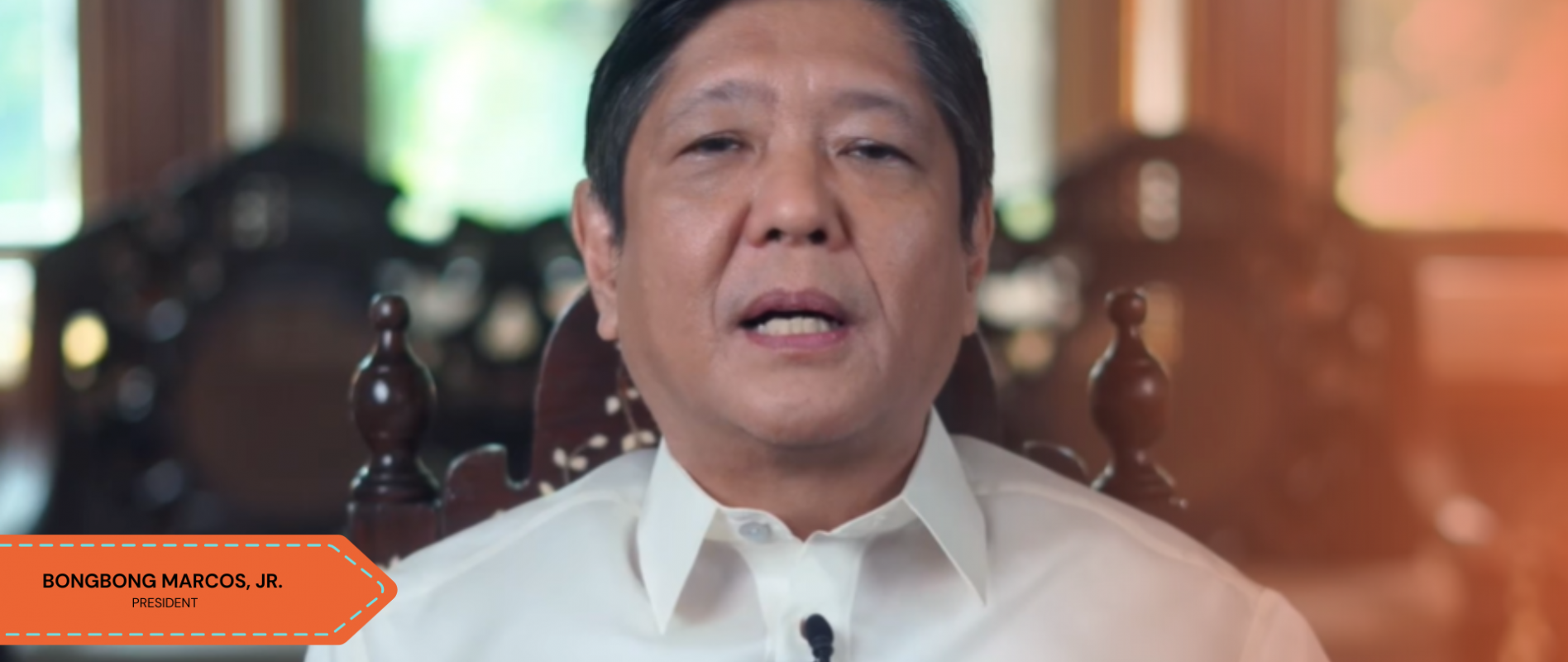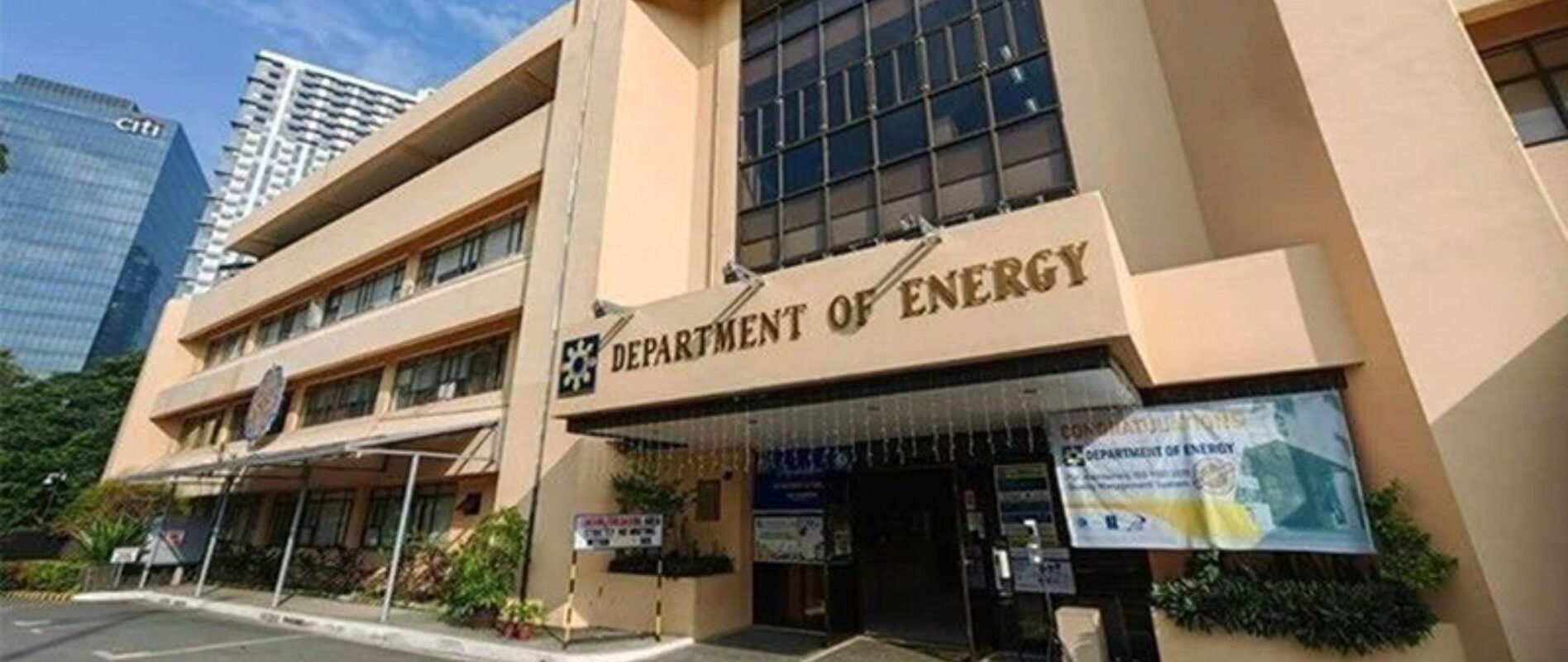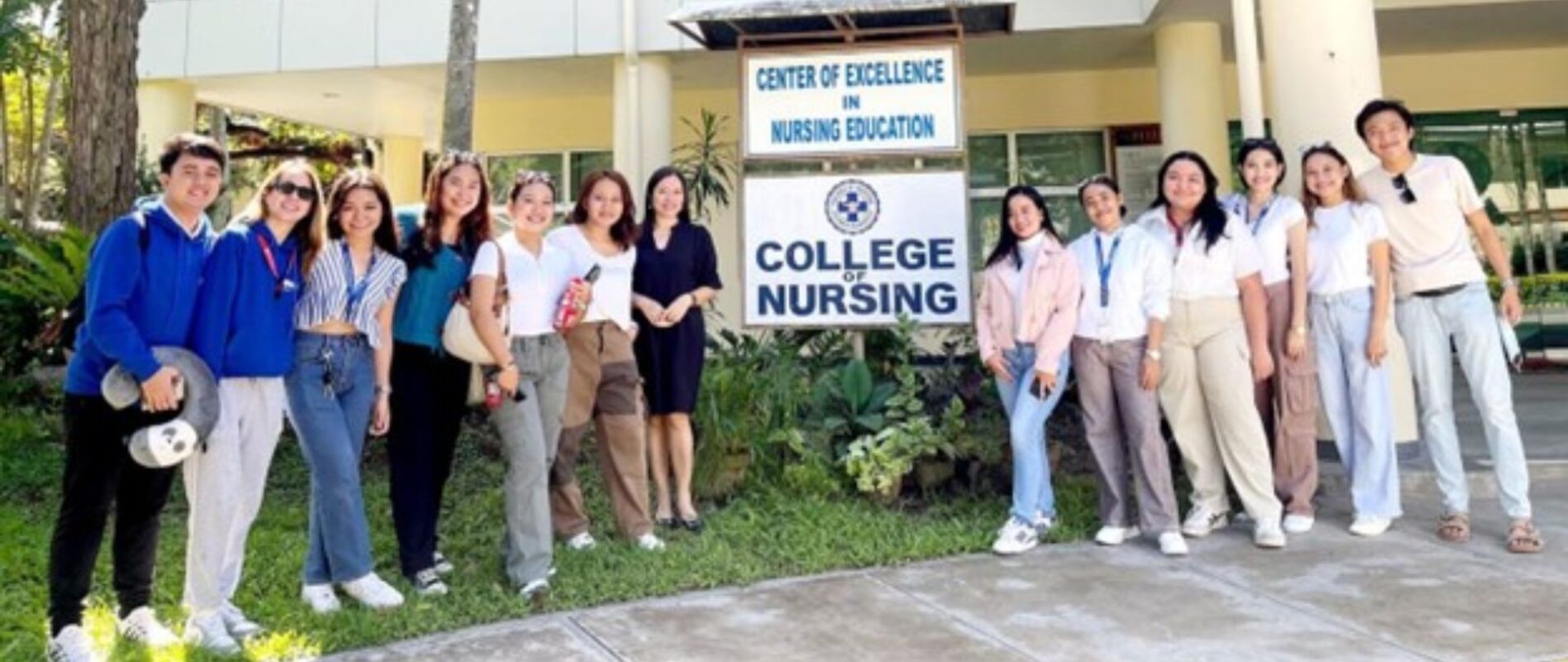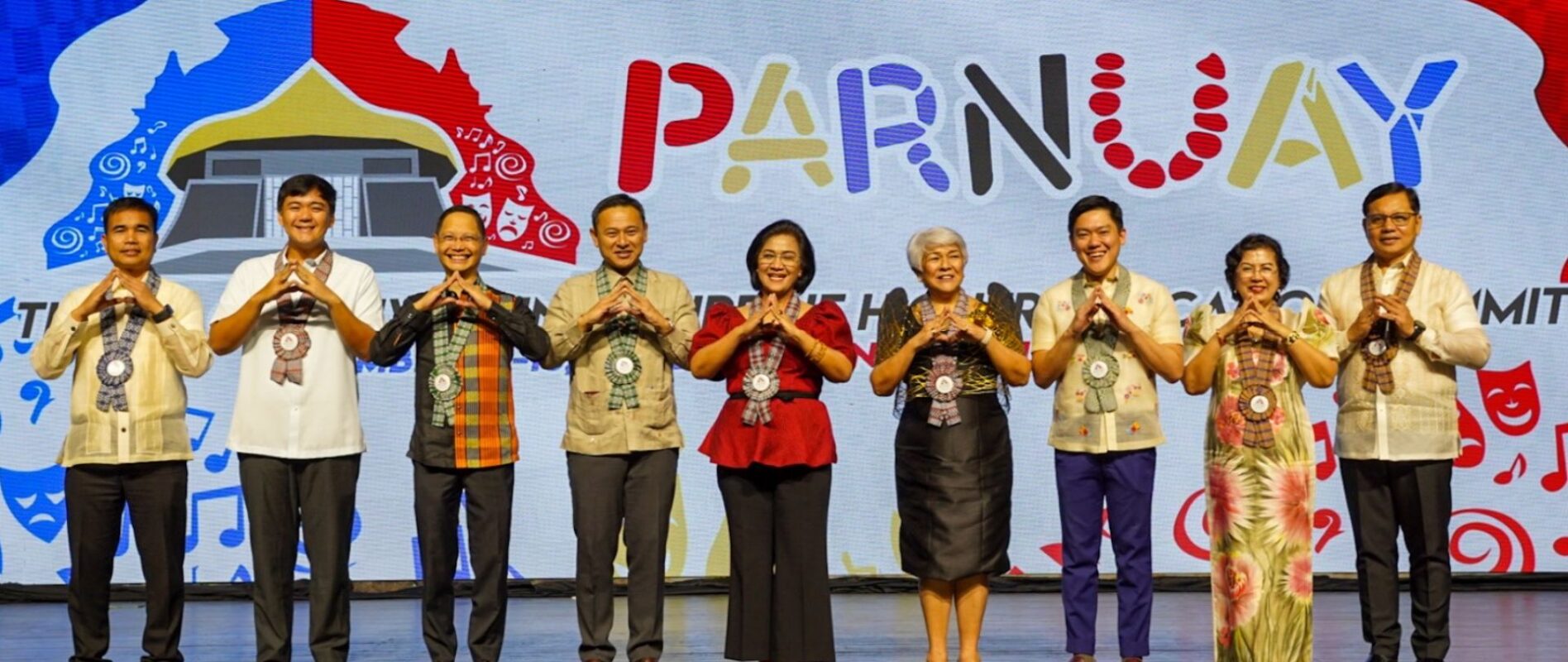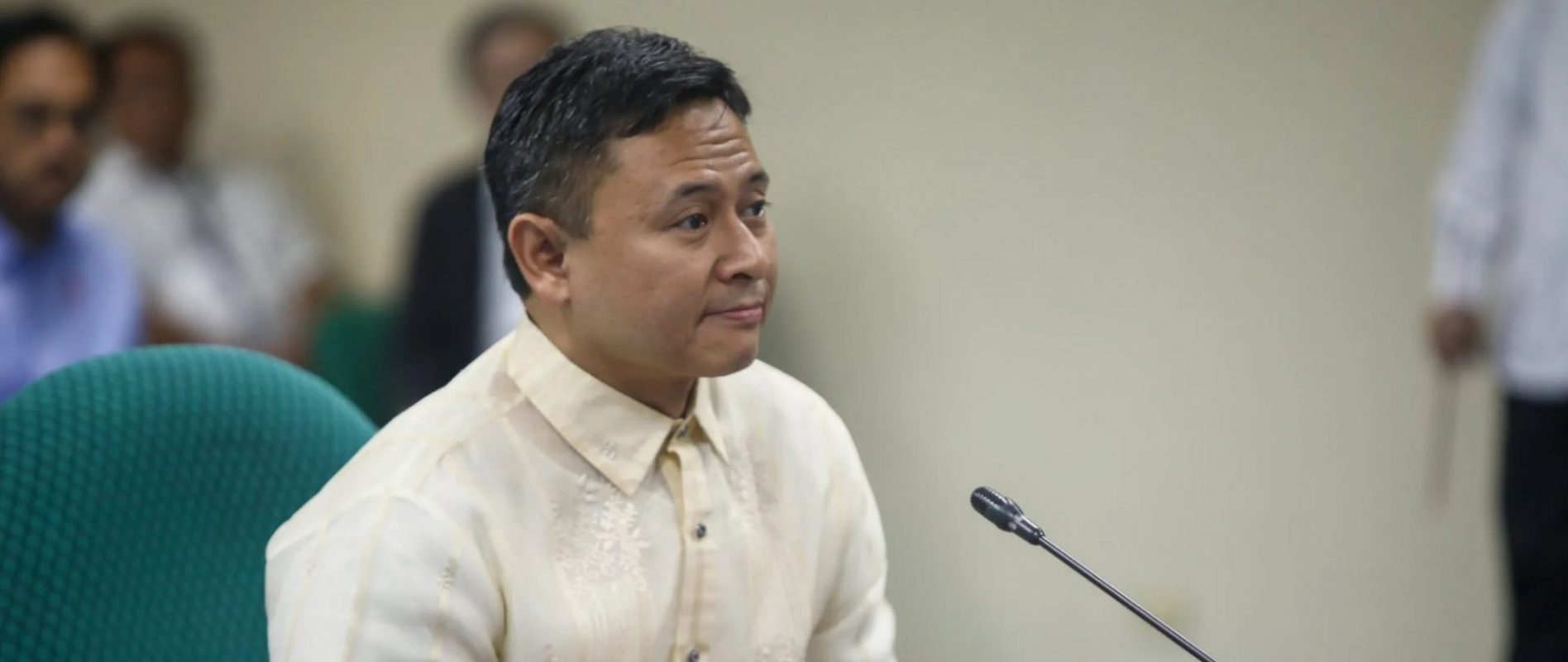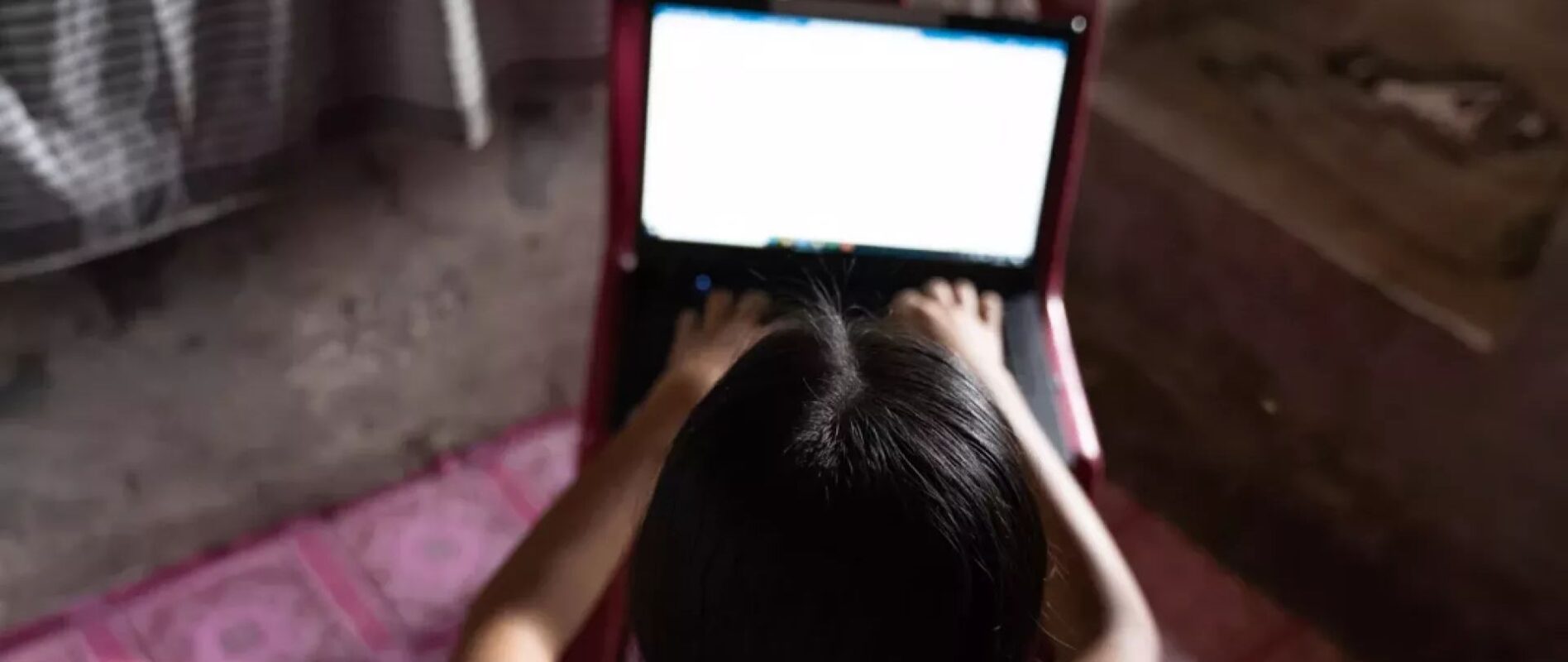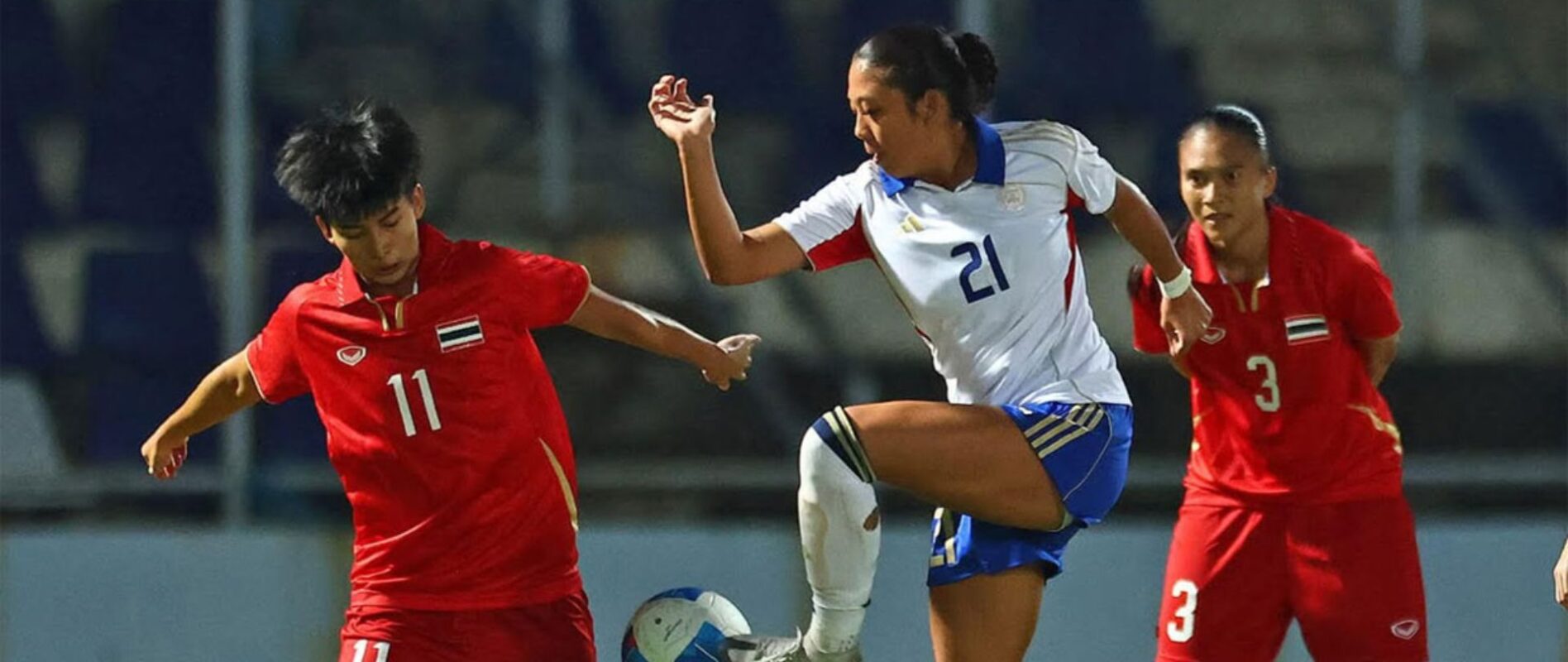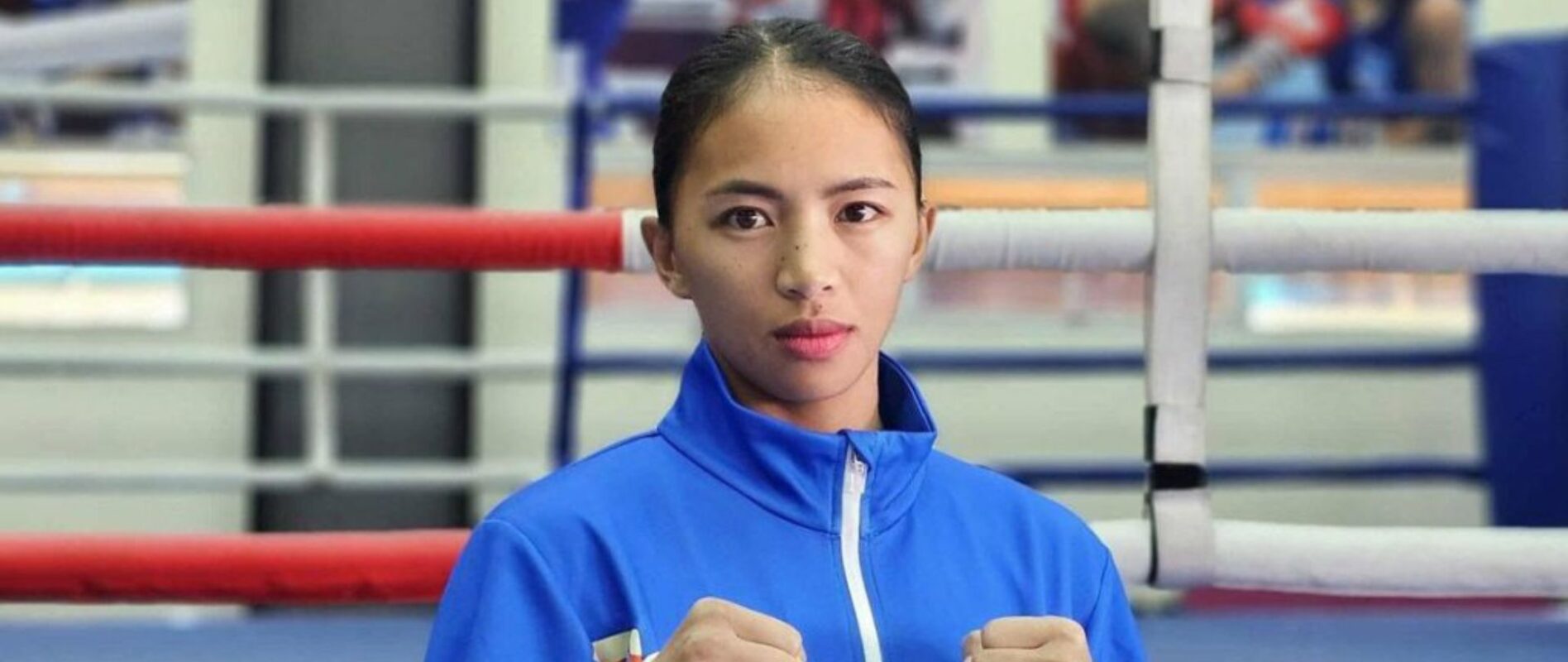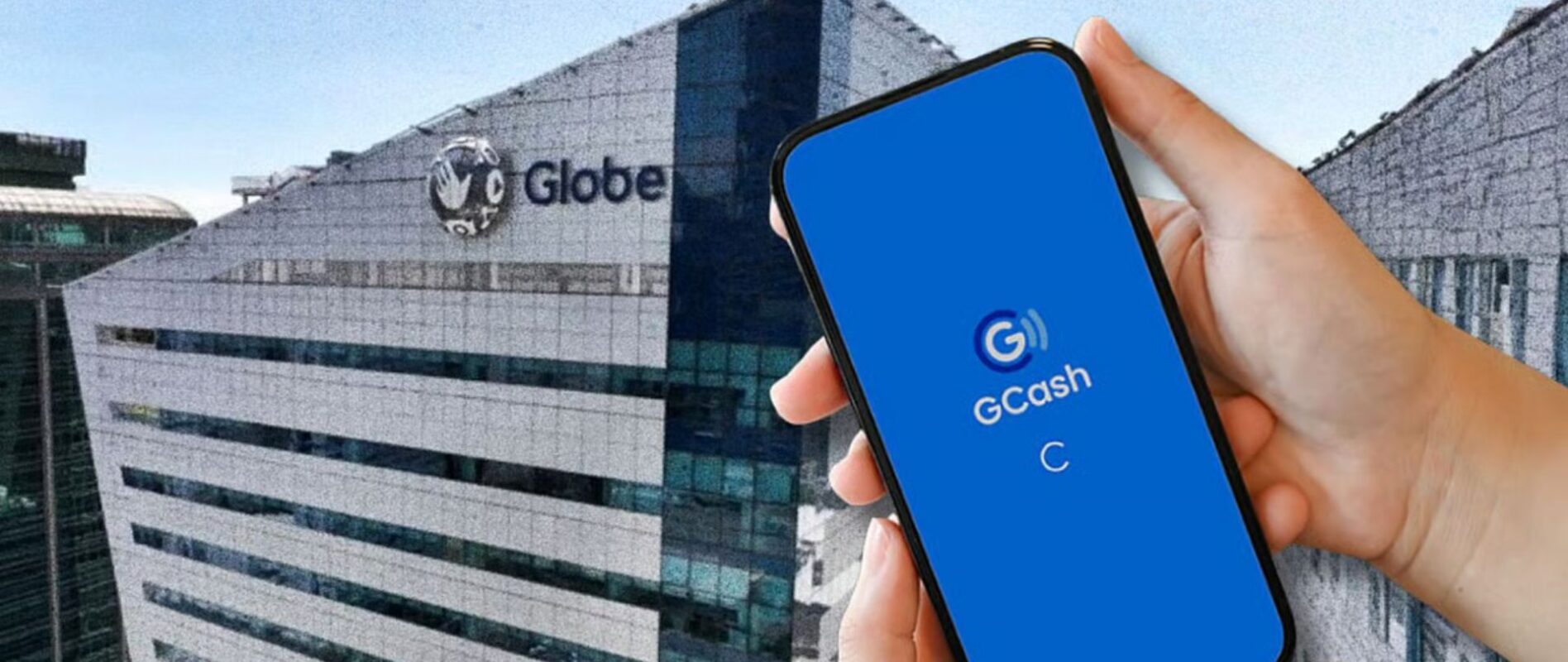PBBM LEADS ROLLOUT OF FREE INTERNET SERVICE FOR STUDENTS
TO STRENGTHEN digital education, President Ferdinand Marcos Jr. led the rollout of free internet service for students and teachers in remote areas on Saturday as part of his administration’s “BroadBand ng Masa Program.”
TO STRENGTHEN digital education, President Ferdinand Marcos Jr. led the rollout of free internet service for students and teachers in remote areas on Saturday as part of his administration’s “BroadBand ng Masa Program.”
The Office of the Press Secretary said the program aims to provide internet connectivity in isolated and disadvantaged areas across the country.
“‘Yung mga malalayo, ‘yan ang mas kailangan. Lalo na ‘yung mga bata, para sa kanilang eskwela. Buti na lang, maraming bagong teknolohiya na puwedeng gamitin, na we’re taking full advantage of,” the President said during the Online Kamustahan organized by the Department of Information and Communications Technology.
Marcos said that the use of digital technologies will “significantly improve government services and help the country improve interconnectivity.”
He talked to students and teachers from various parts of the country, including those in Pag-asa Island in the West Philippine Sea.
Among those who joined the event were students and school representatives from Pag-asa Island Elementary School in Kalayaan, Palawan; Armenia Elementary School in Uson, Masbate; Bandera Elementary School in the Island Garden City of Samal; Amai Pakpak Central Elementary School in Marawi City, Lanao del Sur; Dioryong Integrated School in Nagtipunan, Quirino Province; Villa Espina Elementary School in Lopez, Quezon; and Landang Laum Elementary School in Zamboanga City.
Marcos vowed to cover all areas in the country under the BBMP, particularly those that have no access to mobile cellular services.
“Para naman kahit saan sa Pilipinas, makakaramdam tayo ng connectivity. At napakaimportante na ngayon niyan,” he added.
DICT Secretary Ivan John Uy said the program seeks to build a “direct connection” between geographically isolated and disadvantaged areas and the government.
“Meron na po tayong direct na koneksyon sa pamahalaan, sa paggamit nitong mga teknolohiya. Marami pong magagawa, hindi lang sa mga bata, sa estudyante, kundi pati sa transaksyon natin sa gobyerno,” Uy said.
“Paiigtingin po natin ito, at gagawin ho nating mas marami ang koneksyon,” he added.
The Free Wi-Fi for All Program established an additional 628 Wi-Fi sites on top of the existing 4,129 sites, bringing the total to 4,757 areas nationwide.

